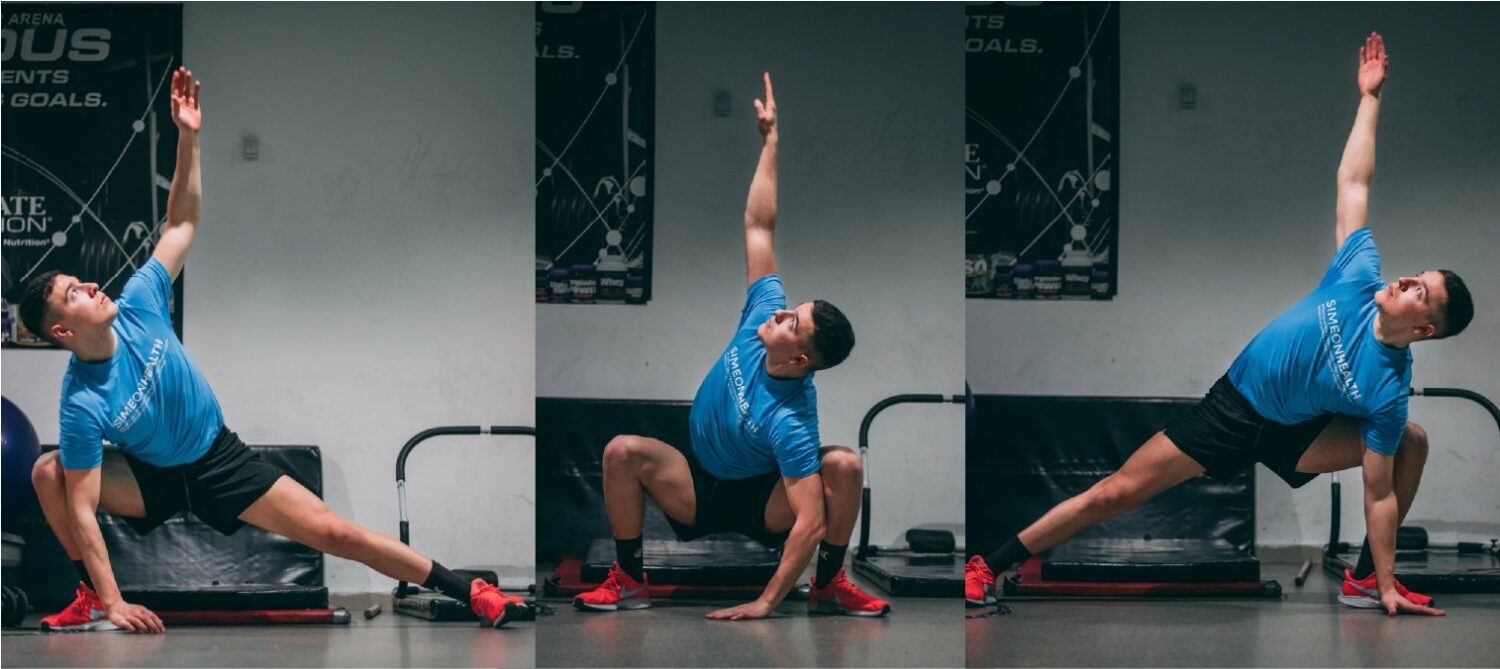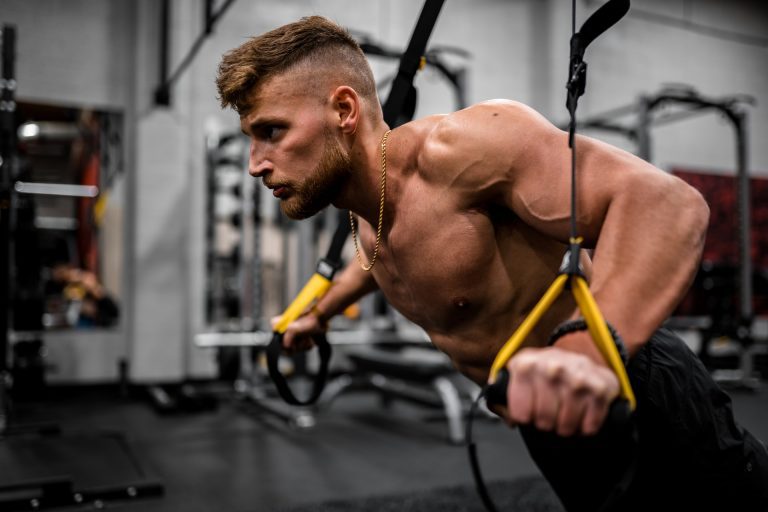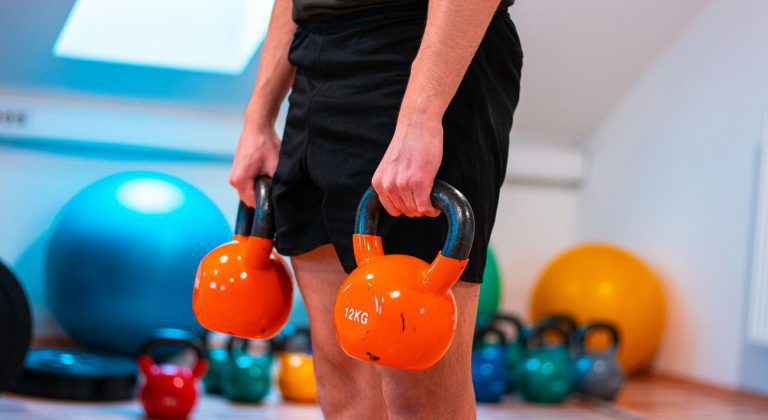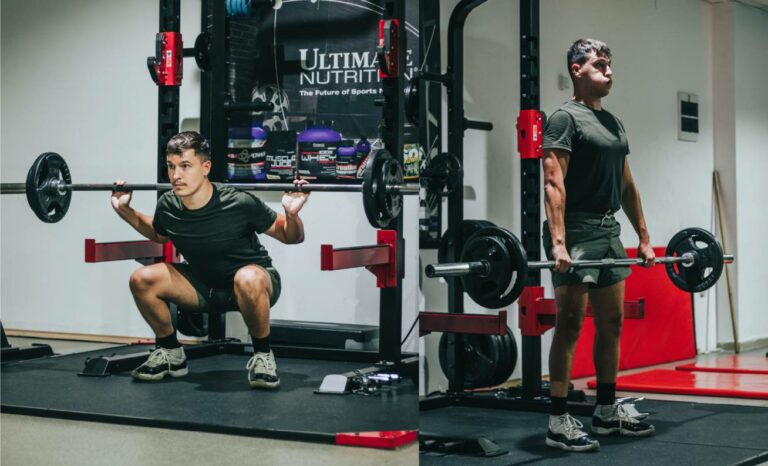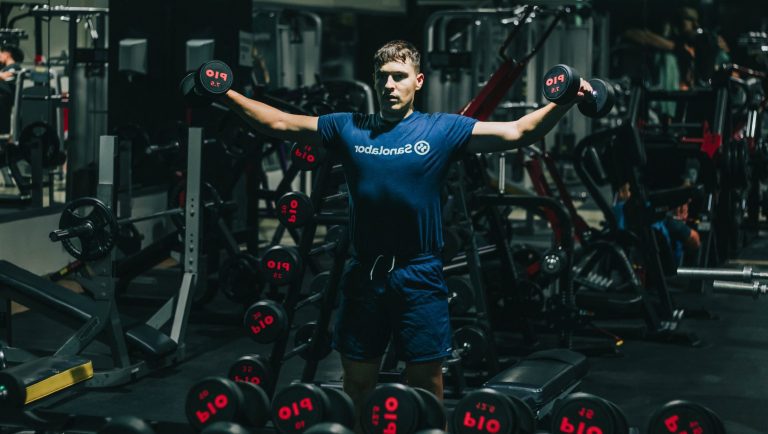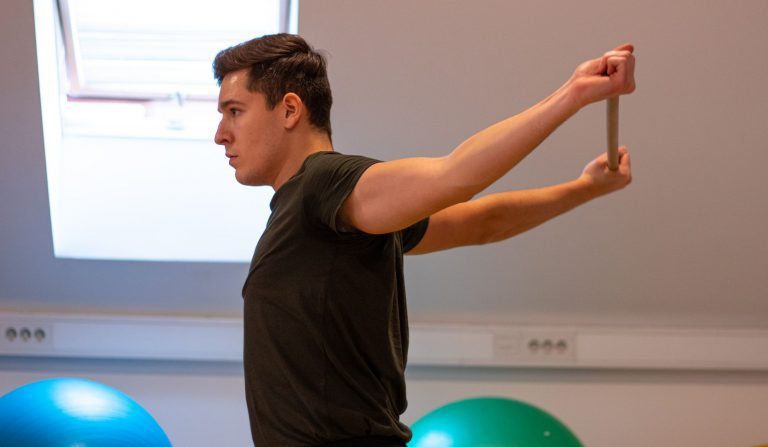Functional Yoga: Yoga for Flexibility and Mobility
Free movement is very important to a healthy person. It allows us to take on our daily activities with no pain, and lots of fluidity. Functional yoga refers to dynamic and compound types of yoga. There is no better practice than yoga or animal locomotion for the purpose of free movement.
Yoga can improve our joint mobility and muscle flexibility, therefore improving the fluidity of our movement. To feel light, balanced and in control is a gift that we should all take care of. To build an animal-like body that can move, crawl, jump, squat, run, climb, flip, slide, and handstand.
Yoga can condition our body to build strength and flexibility in the right muscles and mobility in the right joints. It can enhance our body’s self-awareness and enable us to move freely, which has a tremendous impact on our life quality, health, and well-being.
Flexibility vs Mobility
Flexibility and mobility are related to each other, but improving one may not significantly affect the other. Flexibility has more to do with how much a muscle can stretch and mobility has to do with muscular strength, flexibility, and balance, but also joint functionality and fluidity, so it is a more complex concept.
Yoga can also help us to functionally warm-up before any strenuous activity, like weightlifting.
key point
There are specific areas, muscles, and joints that need to be worked on so we can improve our flexibility and mobility in a safe way. Specific joints need to be mobile, and others need to be strong and stable. Yoga and Functional Training are structured so they improve flexibility and mobility of key muscles and joints to improve posture, movement fluidity, and physical health.
- Flexibility is the ability of a muscle to stretch or lengthen during a specific movement. The more a muscle can stretch the more flexible it is. Flexible people can access more postures, and poses that can build greater strength and have a lower incidence of tightness and injuries.
- Mobility is the ability to perform functional movement patterns with a broader range of movement without pain. It depends on muscles around the joint, their strength, flexibility and balancing characteristics, neuromuscular coordination (intramuscular and intermuscular), and joint strength, fluidity, and mobility.
Think of flexibility more as how deep in a stretching pose you can get, and of mobility as how fluidly and pain-free functional movements you can perform.
Evidence-Based Benefits of Yoga on Flexibility, Mobility & Athletic Performance
In the sections below there is a broader explanation and study interpretation of how yoga can affect our physical health, and improve functional movement patterns, flexibility, and mobility. Here are a couple of specific effects that yoga may provide, to improve these aspects of physical health:
- Improves Functional Movement Screen Results
- Improved the Ability to Perform Compound Movements
- Improved Mobility and Joint Fluidity
- May Reduce Osteoarthritis Pain and Improve Mobility
- Hatha Yoga as Effective As Stretching-Strengthening Exercises
- Improves Self-Reported Occupational Performance and Balance in Patients with Chronic Brain Injury
- Increases Specific Muscle Flexibility and Static (Isometric) Strength
- Great Tool to Prevent Injury and Help in Rehabilitation
- Increases Full-Body Awareness and Core Strength
- In Basketball Players, It may Increase Speed Endurance, Vertical Jump, Free Throw Score, Tactical Execution, and Three-Point Shots
- Improves Spinal Mobility and Hamstring Flexibility
- Improves Range of Motion (ROM) in FMS (Functional Movement Screen)
- Improves Eyes-Closed Balance
- Improves Hip and Shoulder Mobility
Overall, yoga training had a positive effect on physical health and was shown to even improve the symptoms and performance of people with osteoarthritis or brain injury.
Yoga Studies: Flexibility, Mobility, and Balance
Since flexibility, strength, balance, and mobility are of such high importance to one’s physical health, here is some research that shows some evidence-based benefits or effects of yoga on these abilities.
It is widely known that the most important activities for these abilities are:
- Flexibility: Stretching, accessing postures that lengthen our muscles
- Mobility: Functional Movement Patterns (ex. Squat) in which we access deeper points of the pose
- Strengthening: Repetitive or Isometric muscle contractions, with progression over time.
Yoga on Flexibility and Elasticity
Since yoga does involve lots of stretching, here are a couple of studies that show yoga’s effect on muscle flexibility in different populations, including elderly men and women, college students, people with osteoarthritis, athletes, and more.
- 10-week bi-weekly yoga practice was shown to improve flexibility and balance in 14 young college students that incorporated yoga training. Measures of Range of motion in joint angles were improved for:
RFL, Right foot lunge dorsiflexion
DD, Downward-facing dog, knee and hip extension, and shoulder flexion
C, Chair-pose, knee flexion (1)
- In elderly women aged 50-79, yoga was shown to improve spine flexibility. They attended a Hatha yoga class once a week, for 20 weeks straight. Spinal mobility and hamstring flexibility significantly improved, contrary to popular beliefs that in old age we can not condition our bodies efficiently. The study itself shows the potential of yoga to improve functional fitness and muscle flexibility and joint ROM. (2)
- Yoga had a significant effect on improving flexibility in hatha yoga practitioners. This great study showed a significant difference between the calisthenic group, hatha yoga, and the non-yoga control group, which led to 5.8, 22.5, and -2.1 points in flexibility measures, respectively. They measured the ROM of 13 movements and 7 joints assessed by Flexitest. It turns out that passive and slow stretching movements were more efficient than calisthenics dynamic ones, for flexibility. (3)
- In another study with 20 shooting trainee athletes, yoga training was incorporated into their training regime. Biweekly yoga training, in the mornings over 6 week period improved flexibility measures and balance, showing that it can improve specific abilities related to athletic performance. (4)
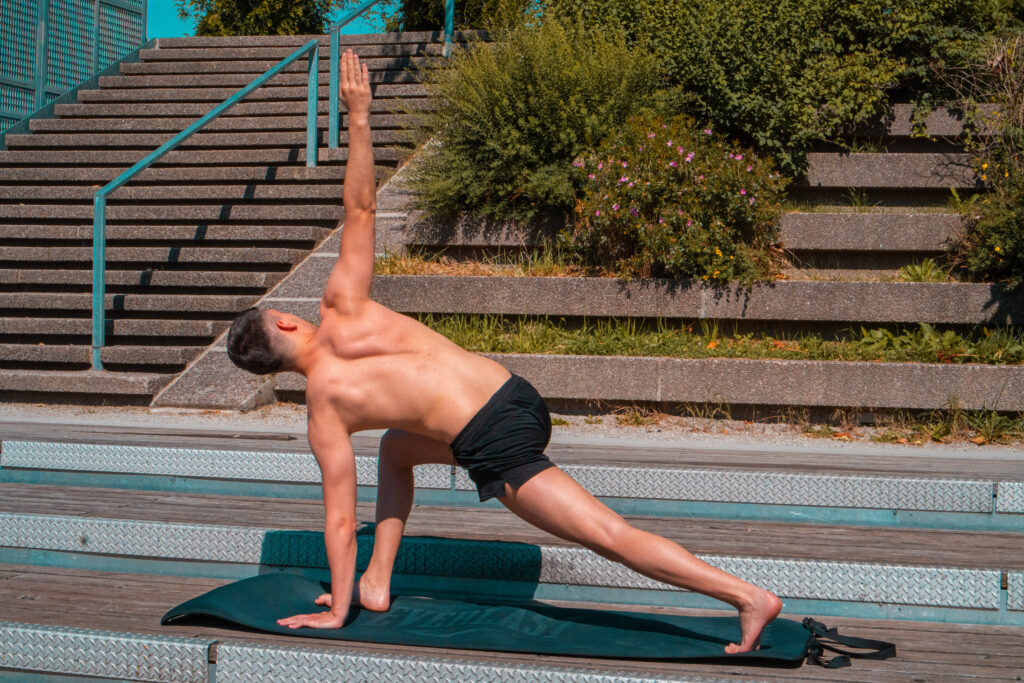
As human movement is reduced, so is flexibility. Keeping our tissues active and nourished is crucial through movement, for physical health. Yoga is one of the best training types to keep joint fluidity and muscle flexibility.
- In 9 healthy women who have trained yoga for five months twice weekly, there is another proof of improved flexibility and mobility. Many indicators of mobility such as ROM of shoulder retroflexion, lateral hip flexion, external hip rotation, dorsal flexion, and more, were improved through the Yoga practice. Leg muscle flexibility was also increased, including muscles like soleus, rectus femoris, and gastrocnemius (5)
- Yoga in a heated room at 50 °C was pretty effective in balance, strength, and flexibility improvement. Eyes closed balance ability improved, as well as flexibility measures in chair sit-and-reach test. Even though they did slightly improve, strength and balance were not significantly affected as much as flexibility, since muscles have higher elasticity in higher temperatures. (6)
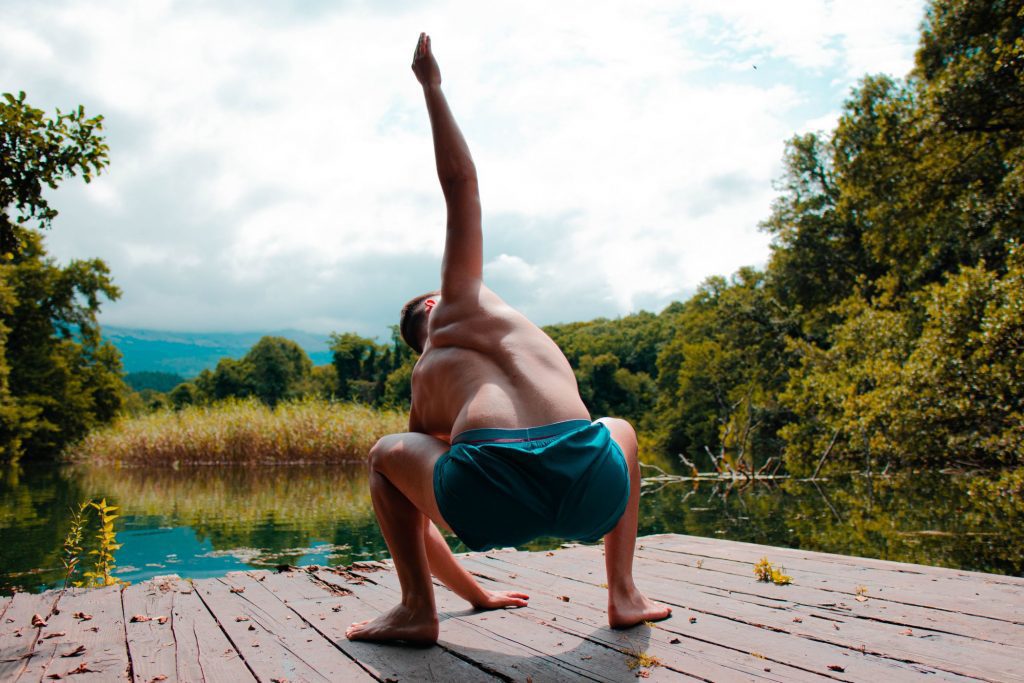
Yoga on Mobility and Functional Movement
The ability to move freely and access deeper stages of poses and asanas is related to the physical aspect of health. The ability to perform correct movement patterns, flex, rotate, and extend more can improve athletic performance.
An example of functional movement exercises would be squats, shoulder press, overhead squat, hurdle steps, in-line lunges, and shoulder mobility. Exercises that involve full-body compound movements, which include pushing, squatting, twisting, bending, and pulling can be significantly improved through yoga.
- Hatha yoga was shown to be as effective as stretching and strengthening exercise training in improving flexibility, mobility, and balance. Significant improvements in chair stand, arm curls, single leg balance, back scratch, gait speed, 8-feet up and go and sit-and-reach were a result of hatha yoga or stretching-strengthening training. (7)
- Both yoga and pilates can help us with functional movement and health since in this study it was proven that in 8-week yoga or pilates training, the results of the Functional movement screen were significantly improved, as well as a 36-item health survey for the pilates group. (8)
- Yoga can help patients with chronic brain injury with their balance and mobility. It turns out that in 7 patients post-yoga (8-week) period measures of mobility, self-reported occupational performance, and balance were significantly improved. (9)
- In patients with Knee osteoarthritis, yoga had also a positive effect on pain and mobility. Since training incorporated meditation and breathwork, there was a therapeutical effect on pain management with arthritic patients, which is believed to be more of a mental nature (pain perception). (10)
Yoga and Athletic Performance
As important aspects of physical health, mobility and flexibility can help a lot in athletic performance. Here are a couple of studies that highlight yoga’s effect on sports performance.
Check out our overview on yoga for strength, as a functional fitness alternative.
As a complementary or additional practice, yoga can be great for athletes’ bodies. It can increase static muscle strength and improve joint mobility and specific muscle flexibility. Even just 30-minute biweekly yoga practice was found to positively affect athletes’ bodies and hold the potential for injury prevention and increases core stability, flexibility and relaxation. (11)
For basketball players, yoga was also shown effective in 13 athletes. Yoga took place 4 times weekly for 2 hours, for a duration of 9 months. Improvements were seen in the vertical jump, speed endurance, balance retention, free-throw score, tactical execution, 3-point shots, and speed. (12)
Dynamic yoga will be more suitable for athletes instead of static stretching, especially in the warm-up period. Yoga and its stretching exercise were found to be a great tool in injury prevention, rehabilitation, and functional movement improvements, to access a higher range of motion. It is recommended that older adults should imply static stretching exercises to stop muscle tightness. (13)
However, basic yoga will only go as far as one’s body is out of balance. In Olympic weightlifters, which are known to have perfect mobility in order to perform their lifts, yoga did not have a significant impact on the rate of force development, flexibility, and jump height. It is safe t say that yoga can improve inner strength and core stability, however, it is not safe to say it will affect strength in Olympic weight lifters. (14)
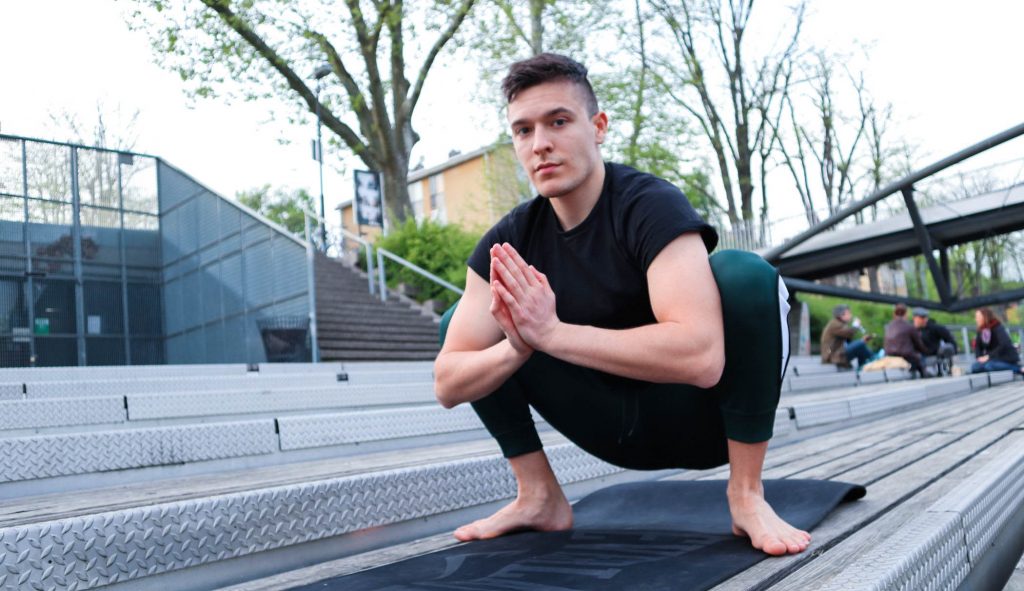
Best Yoga Poses for Flexibility
There are different methods of stretching for flexibility. From PNF methods to dynamic and static stretching. Yoga uses both, depending on which style you practice. From more passive styles like Yin, you will experience more relaxation and static stretching, from styles like Vinyasa Flow and Iyengar yoga you will do a bit more dynamic stretching. Both are great for flexibility.
- Downward Dog (Adho Mukha Svanasana) stretches out calves, hamstrings, and glutes
- Reclined Hand to Big Toe Pose (Supta Padangusthasana) stretches out hamstrings and calves
- Cobra Pose (Bhujangasana) stretches out abdominal muscles
- Extended Side Angle Pose (Parsvakonasana) stretches outside torse, abdominal obliques, and hip flexors
- Wide Stance Forward Bend (Parasarita) stretches out hip adductors
- Reclining Bound Angle Pose (Supta Baddha Konasana) stretches out hip adductors and pelvic muscles
- Bow Pose (Dhanurasana) stretches out front shoulders and chest muscles
- Lord of the Dance Pose (Natarajasana) stretches out chest, shoulder, and biceps muscles
- Crescent Lunge (Ananeyasana) stretches out Hip flexors and quadriceps
- Eye of the Needle Pose (Sucirandhrasana) stretches out Gluteus Maximus and Medius
- Standing forward bend (Uttanasana) stretches out hamstrings and calves
Research Limitations
*Studies have some limitations, important to evaluate the validity of their results. Here’s a highlight of some and NOT ALL studies (and limitation), shown in this article, for context.
- Small sample sizes n(14) and short duration studies (8,10-weeks).
- Quasi-experimental study, conducted in specific population of shooting trainee athletes.
- Large scale studies are needed to understand the underlying mechanisms.
- Studies that needs follow-up research to prove the positive impact.
- Some measures were subjective, without a control and experimental group.
- The effects of yoga on quality of life were unclear.
- Many studies involve specific population, making it hard to generalize.
Best Yoga Poses for Mobility
Performing compound movements that involve bigger muscle groups and move around the mobile joints, such as shoulders and hips can improve joint fluidity and whole-body mobility, so here are some of the best compound yoga poses for this purpose:
- Cow Pose (Bitilasana) works thoracic and lumbar spine mobility
- Cobra Pose (Bhujangasana) works thoracic and lumbar spine mobility
- Upward Bow (Urdhva Dhanurasana) works thoracic and lumbar spine mobility
- Cow Face Pose (Gomukhasana) works hip and shoulder mobility
- Extended Triangle Pose (Utthita Trikonasana) works hip and thoracic spine mobility
- Malasana Squat works your hip mobility
- Childs Pose (Balasana) works on shoulder mobility
- Bow Pose (Dhanurasana) works shoulder and spine mobility
conclusion
Yoga incorporates many exercises that are great for mobility and flexibility. It allows freedom of movement, improves joint mobility and fluidity, reduces arthritic pain, and may improve athletic performance. Yoga is one of the best tools to improve functional movement patterns and access deeper poses, build flow and nourish your joints.

